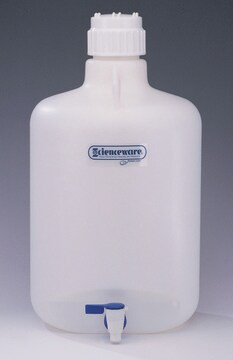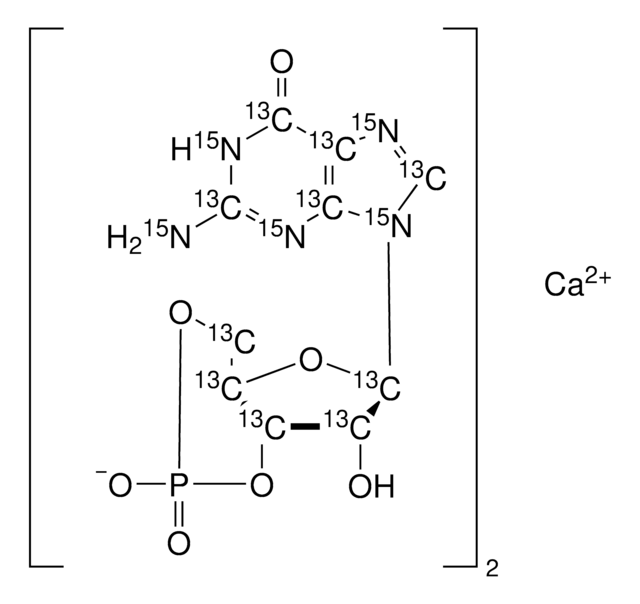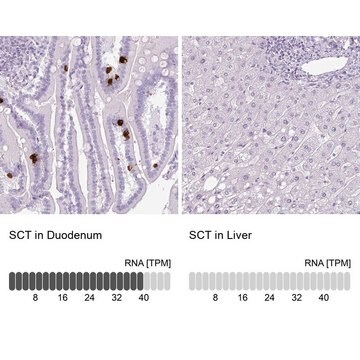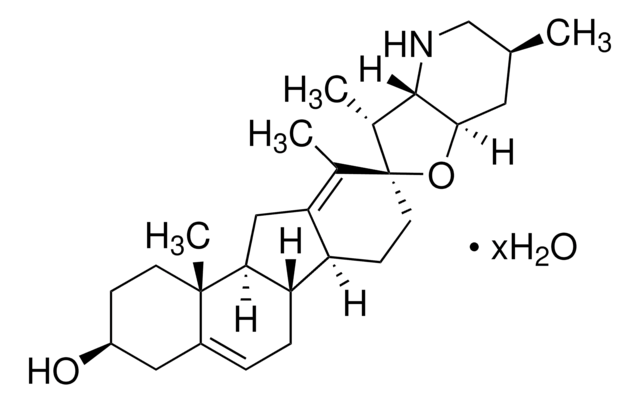C2581
Anti-Cholecystokinin (26-33) (CCK-8) antibody produced in rabbit
whole antiserum
Synonym(s):
CCK Antibody - Anti-Cholecystokinin (26-33) (CCK-8) antibody produced in rabbit, Cck Antibody
About This Item
Recommended Products
biological source
rabbit
Quality Level
conjugate
unconjugated
antibody form
whole antiserum
antibody product type
primary antibodies
clone
polyclonal
contains
15 mM sodium azide
species reactivity
human
packaging
antibody small pack of 25 μL
technique(s)
competitive inhibition ELISA: 1:1000-1:2000
immunohistochemistry (formalin-fixed, paraffin-embedded sections): 1:8,000 using indirect immunoperoxidase staining of human stomach
UniProt accession no.
shipped in
dry ice
storage temp.
−20°C
target post-translational modification
unmodified
Gene Information
human ... CCK(885)
General description
Immunogen
Application
- immunohistochemistry
- double-label immunofluorescence staining
- immunocytochemistry
- ELISA immunoassay
Biochem/physiol Actions
Disclaimer
Not finding the right product?
Try our Product Selector Tool.
Storage Class Code
10 - Combustible liquids
WGK
nwg
Flash Point(F)
Not applicable
Flash Point(C)
Not applicable
Certificates of Analysis (COA)
Search for Certificates of Analysis (COA) by entering the products Lot/Batch Number. Lot and Batch Numbers can be found on a product’s label following the words ‘Lot’ or ‘Batch’.
Already Own This Product?
Find documentation for the products that you have recently purchased in the Document Library.
Our team of scientists has experience in all areas of research including Life Science, Material Science, Chemical Synthesis, Chromatography, Analytical and many others.
Contact Technical Service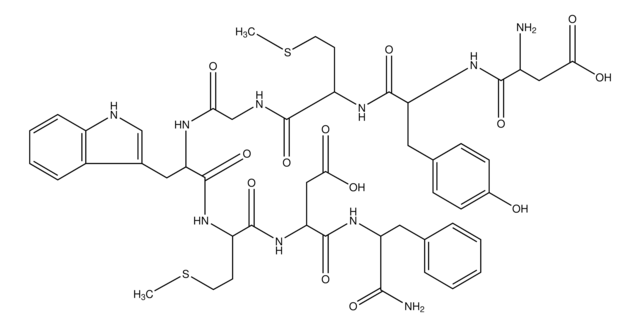
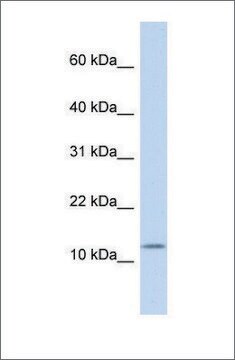
![(Tyr[SO3H]27)Cholecystokinin fragment 26-33 Amide ≥97% (HPLC), powder](/deepweb/assets/sigmaaldrich/product/structures/125/021/32eb71ec-73e5-4cfc-94d0-ebcf5e784e39/640/32eb71ec-73e5-4cfc-94d0-ebcf5e784e39.png)

